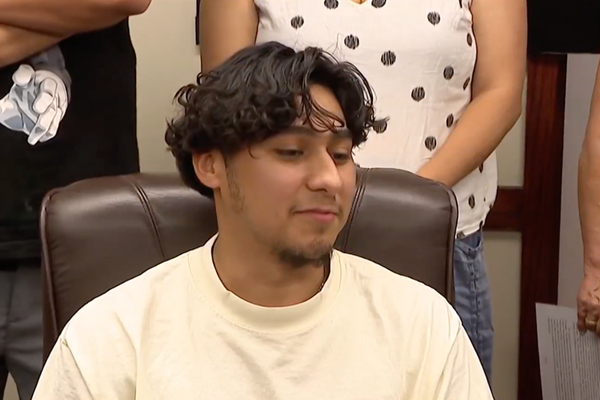CGI awesomeness ... Sky One's The Colour of Magic
Having happily devoured the more pious, more sober and more lovingly recreated TV offerings of the Easter weekend, I couldn't help feeling there was one extravaganza which deserved special acclaim for its sheer, unapologetic silliness - and for its thorough disregard of biblical transubstantiation, 60s coppers and Botswanan detectives.
The Colour of Magic, starring David "Del Boy" Jason as inept wizard Rincewind, burst forth from the loins of Sky One in a two-part adaptation of Terry Pratchett's first two Discworld novels, following the success of Sky's 2006 Pratchett adaptation, Hogfather.
TV bonanzas reared for Christmas and Easter (what is it with Jesus and high-end TV?) are nothing new, naturally. But in terms of special effects, The Colour of Magic scaled new heights in eye-popping CGI awesomeness for a TV production.
See-through dragons rippled aqueously over sumptuous landscapes. A great rampaging troll made of animate rock swung its angry, adamantine limbs across the pseudo-medieval idyll of Discworld. A cute piece of luggage made of "sapient pearwood" waddled after its master with a hundred sprouting legs. The giant turtle floating in space upon whose back Discworld is propped actually looked like a giant turtle floating in space.
At last. I don't miss the days of those woeful British TV special effects that made even cult shows like Doctor Who and Blake's 7 so secretly depressing. I'm one of those raised-on-and-thoroughly-spoilt-by-American-TV sci-fi fans who has always preferred Star Trek, Battlestar Galactica and Buck Rogers in the 25th century to dark and gloomy home-grown Brit-fi.
No longer. The Colour of Magic, whether or not you fell in love with Pratchett's Pythonesque world of adventure and his unashamedly 80s jokes (the "Death Star", "Cohen the Barbarian"), was big-budget fantasy TV slugging it out in the same weight class as Harry Potter. Which is ironic, of course, given that Pratchett was penning his tales of wizards and parallel worlds long before anyone had heard of JK Rowling. Pratchett published The Colour of Magic back in 1983, the same year Return of the Jedi was released (hence the Death Star quip).
What's changed isn't just that the entire human population has gone crazy for trolls, dwarves, imps and dragons in recent years. It's that British TV can summon the budgets for these things that only American TV could previously manage.
Sky One threw no less than £7m at its Easter weekend Discworld fest. BBC's The Passion and The No 1 Ladies' Detective Agency may have had smaller budgets, but they too were epic on a scale we've now become used to for television.
And yet what's changed above all, of course, is the technology. Television has benefitted from the long reach of digital special effects, meaning that made-for-TV films don't have to consign themselves to being poor-cousins-of-the-movies any more, punching above their CGI weight.
It took 25 years for The Colour of Magic to be adapted for TV. And thank God. Because if it had been papier-mache trolls and dragons made out of coloured socks, I'd have been happier sticking to the female sleuths of Botswana and the greatest story ever told.







